- Home
- Fleet Vehicle Maintenance
Fleet & Vehicle Maintenance
Fleet and vehicle maintenance products include equipment, tools, lubricants, cleaning fluids, and replacement parts to keep fleets in service and vehicles on the road. Read Less
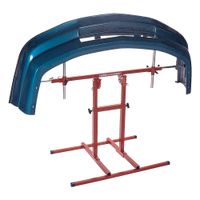
Auto Body Repair
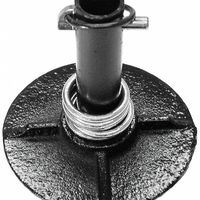
Fleet & Vehicle Maintenance Replacement Parts
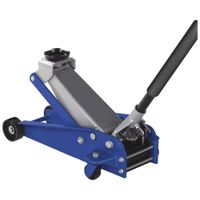
Garage Equipment
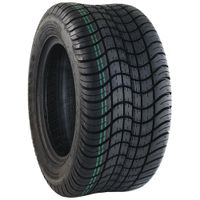
Tire & Brake Maintenance
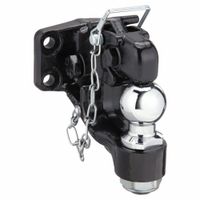
Towing & Trailer Equipment

Vehicle Accessories
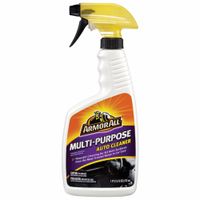
Vehicle Cleaning Supplies
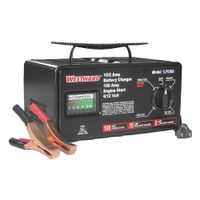
Vehicle Electrical & Battery Power Maintenance
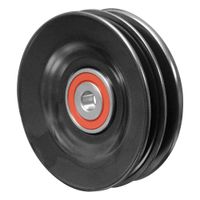
Vehicle Engine, Radiator & Exhaust Maintenance
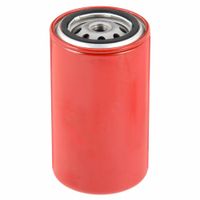
Vehicle & Equipment Filters
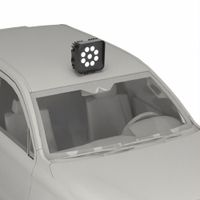
Vehicle Lighting
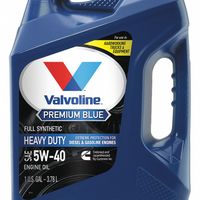
Vehicle Lubricants & Fluids
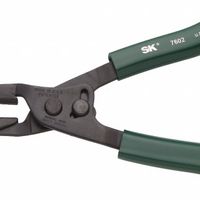
Vehicle Tools
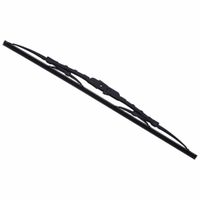
Vehicle Windshield Maintenance
Frequently Asked Questions
What are the best practices for fleet maintenance?
How often should vehicles in a fleet be serviced?
What is a fleet maintenance checklist?
How can I reduce fleet maintenance costs?
What software is best for fleet maintenance management?
How do I create a preventive maintenance schedule for my fleet?
What are common vehicle maintenance issues in fleets?
How does fleet maintenance improve safety?
What are the benefits of outsourcing fleet maintenance?
How can I track and manage fleet maintenance records?